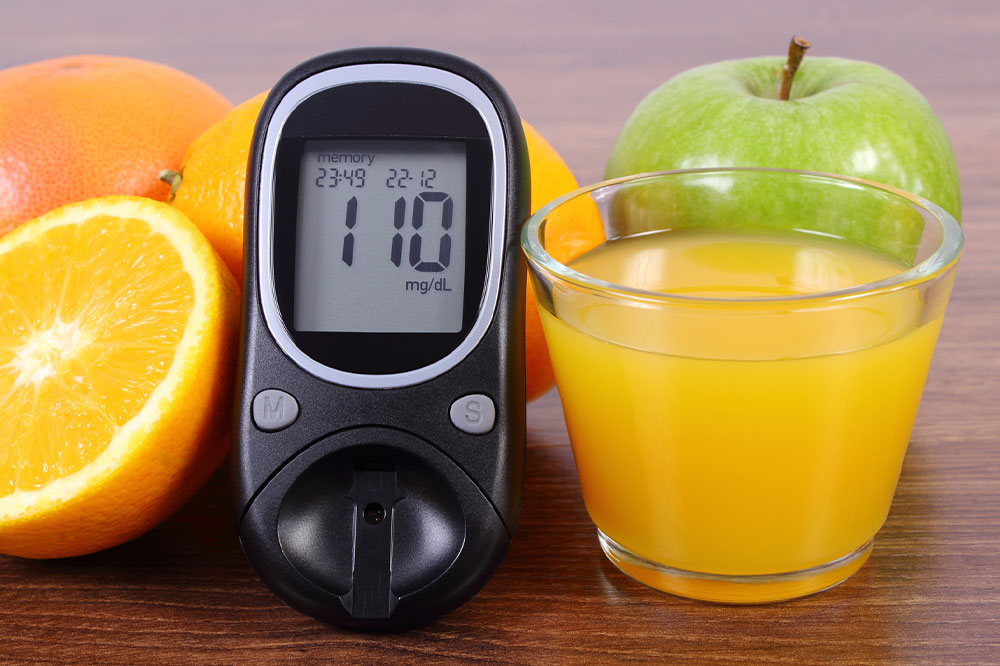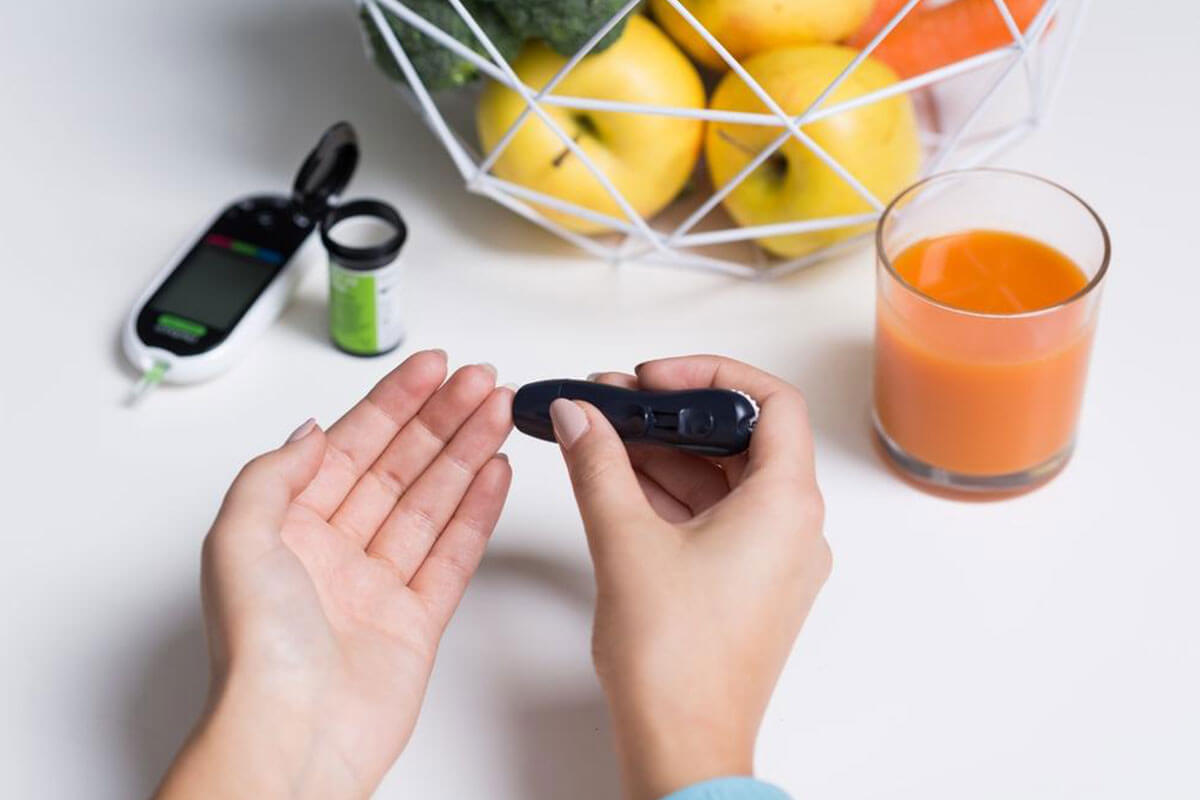Managing Fruit Intake in Diabetes: Essential Guidelines
This article offers comprehensive guidance for diabetes patients on safely including fruits in their diet. It covers the effects of fruit sugars on blood sugar, recommended portion sizes, and beneficial fruit choices like berries and citrus. Practical tips include pairing fruits with protein, choosing fresh options, and monitoring blood glucose levels. Following these guidelines helps manage diabetes effectively while enjoying the health benefits of fruits. Always consult a healthcare professional for personalized advice.

Living with diabetes requires careful attention to diet, especially fruit consumption. While fruits pack vital nutrients and bioactive compounds, their natural sugars can impact blood glucose levels. Understanding how different fruits influence blood sugar is crucial. Fruits contain fructose, a sugar that metabolizes rapidly in the liver, which can cause blood sugar spikes if consumed excessively. The glycemic index (GI) helps gauge a fruit’s potential to raise blood sugar, with riper fruits having higher GI. Incorporating appropriate fruit portions, focusing on high-fiber options like berries and citrus, and pairing them with protein can help manage blood glucose effectively.
Recommended fruit servings vary—for example, a small apple or orange is about four ounces, while half a banana or 1/4 cup of berries are appropriate portions. Opt for whole, fresh fruits over processed or canned varieties. Testing blood glucose after fruit intake can guide personalized limits, and consulting healthcare professionals ensures a balanced approach. By following these tips, individuals with diabetes can enjoy fruits safely and benefit from their nutritional value.
Disclaimer: The information provided is for educational purposes only and should not replace professional medical advice. Always consult healthcare providers before making dietary changes.










